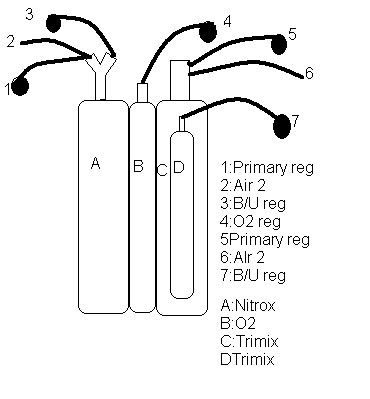- Messages
- 22,171
- Reaction score
- 2,790
- # of dives
- 5000 - ∞
Many of your question are addressed in:
Pyle, R.L. 1992. The Twilight Zone. AquaCorps: Mix. 3(1):19; and 3(1):17-21.
and
Sharkey, P. and . R.L. Pyle. 1993. The Twilight Zone: The potential, problems, and theory behind using mixed gas, surface based scuba for research diving between 200 and 500 feet. In: L.B. Cahoon (Ed.) Diving for Science...1992. Proceedings of the American Academy of Underwater Sciences Twelfth Annual Scientific Diving Symposium, American Academy of Underwater Sciences, Costa Mesa, CA. pp. 173-187.
Pyle, R.L. 1992. The Twilight Zone. AquaCorps: Mix. 3(1):19; and 3(1):17-21.
and
Sharkey, P. and . R.L. Pyle. 1993. The Twilight Zone: The potential, problems, and theory behind using mixed gas, surface based scuba for research diving between 200 and 500 feet. In: L.B. Cahoon (Ed.) Diving for Science...1992. Proceedings of the American Academy of Underwater Sciences Twelfth Annual Scientific Diving Symposium, American Academy of Underwater Sciences, Costa Mesa, CA. pp. 173-187.







